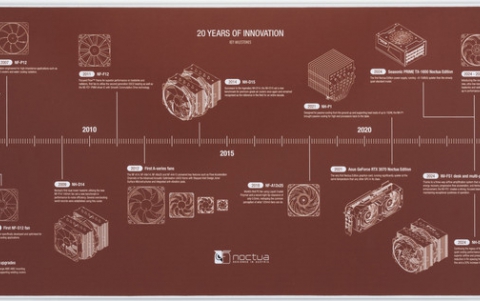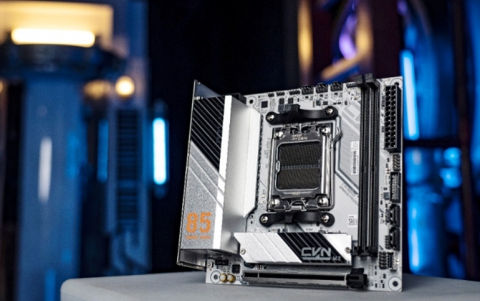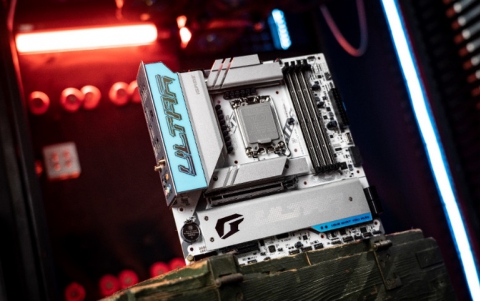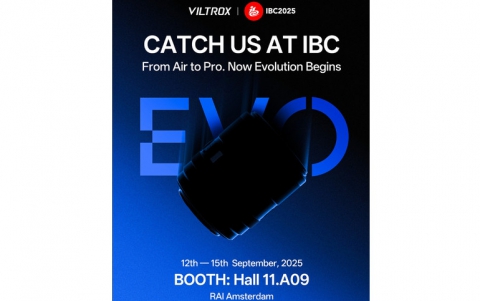The secrets of quality in photography
2. Page 2
Is there a solution to the problem?
An amateur photographer does not have the same needs with a professional, yet one must be cautious with the selection of the digital camera to be purchased. The image sensor, the lens and the digital signal processing algorithms are the factors determining the quality of the result, while efforts are being made to improve color scale with the development of new technologies related to image sensors, like the following.
Foveon X3
 The Foveon company have presented their new image sensors’ technology called
the “Foveon X3 Direct Image Sensor”, which is none other than an
imitation of the process used to register information on an analog film. It
provides two CMOS image sensors with a 10.2 and 4.5 MP resolution, and with
three pixel
levels incorporated in silicon. This way they have benefited from the ability
attributed to the red, the green and the blue light to penetrated silicon into
different depths (the way it happens almost with the different film chemical
coating levels) and register full color in every pixel. This technology may
be used with both consumer as well as professional digital cameras and thus
promotes
the perspectives of development in digital photography.
The Foveon company have presented their new image sensors’ technology called
the “Foveon X3 Direct Image Sensor”, which is none other than an
imitation of the process used to register information on an analog film. It
provides two CMOS image sensors with a 10.2 and 4.5 MP resolution, and with
three pixel
levels incorporated in silicon. This way they have benefited from the ability
attributed to the red, the green and the blue light to penetrated silicon into
different depths (the way it happens almost with the different film chemical
coating levels) and register full color in every pixel. This technology may
be used with both consumer as well as professional digital cameras and thus
promotes
the perspectives of development in digital photography.
Fujifilm Super CCD HR/SR
 Fujifilm initially presented image the Super CCD HR image sensors, where photosensor
elements are diagonally arranged and pixels are changed from square to octagonal
ones, while the digital processor is capacitated to double the number of pixels
registered in the storing tool. Later, they improved the aforesaid design by
adding two light gates per pixel, receiving information about the same spot
in the picture. The main light gate is more sensitive so that it is able to
register
information about the light reflected by the object, while the secondary light
gate is less sensitive (meaning that it is able to register a darker image),
so that it can collect more information from the brighter areas of the photo.
The above do nothing but improve detail in a photograph, especially in both
dark and bright areas and cater for the creation of qualitative printings,
without
the purchase of a more expensive digital camera being required. Despite all
these, algorithms are made use of, to facilitate the calculation of the remaining
information
and the company itself maintains that an image sensor with 3 million pairs
of light gates in 3 million pixels may yield 6 Megapixel image files, yet it
is
not a “real” 6 MP CCD sensor.
Fujifilm initially presented image the Super CCD HR image sensors, where photosensor
elements are diagonally arranged and pixels are changed from square to octagonal
ones, while the digital processor is capacitated to double the number of pixels
registered in the storing tool. Later, they improved the aforesaid design by
adding two light gates per pixel, receiving information about the same spot
in the picture. The main light gate is more sensitive so that it is able to
register
information about the light reflected by the object, while the secondary light
gate is less sensitive (meaning that it is able to register a darker image),
so that it can collect more information from the brighter areas of the photo.
The above do nothing but improve detail in a photograph, especially in both
dark and bright areas and cater for the creation of qualitative printings,
without
the purchase of a more expensive digital camera being required. Despite all
these, algorithms are made use of, to facilitate the calculation of the remaining
information
and the company itself maintains that an image sensor with 3 million pairs
of light gates in 3 million pixels may yield 6 Megapixel image files, yet it
is
not a “real” 6 MP CCD sensor.
Sony Super HAD CCD
 The efforts to incorporate more pixels in smaller sized CCD image sensors has
resulted in reducing the size of light gates and therefore their sensitivity.
To deal with the problem, Sony has added tiny lenses (on-chip microlens) over
each photosensor element, focusing on the incoming light, increasing thus sensitivity.
In addition, it has developed the Super HAD (Hole Accumulation Diode) CCD technology,
which improves the shape of these tiny lenses, so that the “dead” area
in-between them becomes minimized and light absorbance is increased. Finally,
it uses an extra green light filter named Emerald and occupies 25% of the image
sensor (from the total 50% of the green light). This way, a closer to nature
color quality is achieved with photographs.
The efforts to incorporate more pixels in smaller sized CCD image sensors has
resulted in reducing the size of light gates and therefore their sensitivity.
To deal with the problem, Sony has added tiny lenses (on-chip microlens) over
each photosensor element, focusing on the incoming light, increasing thus sensitivity.
In addition, it has developed the Super HAD (Hole Accumulation Diode) CCD technology,
which improves the shape of these tiny lenses, so that the “dead” area
in-between them becomes minimized and light absorbance is increased. Finally,
it uses an extra green light filter named Emerald and occupies 25% of the image
sensor (from the total 50% of the green light). This way, a closer to nature
color quality is achieved with photographs.













